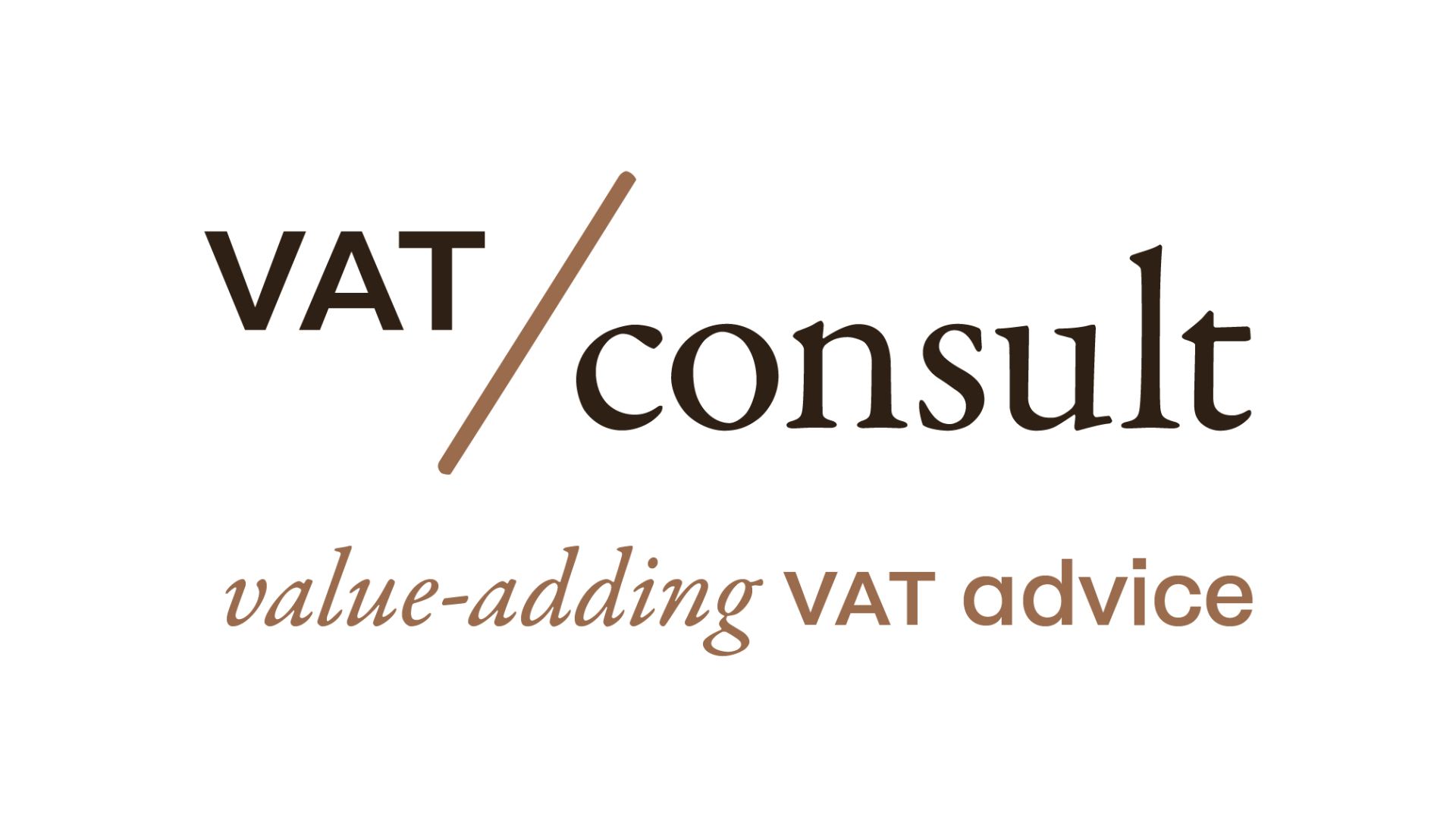DAC-7
Another key group being targeted to help further close the VAT gap is payment service providers (PSPs).
This is a revision of the Directive 2011/16/EU (Directive on Administrative Cooperation).
In essence, this new regulation aims to increase the transparency of transactions in the digital economy.
This development is triggered by the exponential growth of e-commerce.
Countries around the world are trying to adapt their VAT systems to this booming sector with the intention of securing VAT revenues.
As of July 2021, a radical reform of e-commerce VAT rules was implemented in the EU, which has admittedly added several billions. Part of the reform targets platforms that have been given a more significant role in remitting VAT on sales they facilitate. This is a small group of large players, who intervene in by far the majority of e-commerce transactions and can more easily be pushed toward compliance.
The emergence of digital platforms brings major challenges worldwide. This has to do with the risk that sellers (often entrepreneurs on a smaller scale) who do not declare (or do not fully declare) the revenue they generate through digital platforms.
To address this risk, digital platforms will be required to collect, verify and report (annually) certain sales data to the competent tax authorities in their own Member State.
The data will then be shared with the tax authorities in the EU Member State where the seller resides (or in the case of a property rental, the EU Member State where the property is located).
Non-EU-based digital platforms will have to register in a member state to comply with this directive.
Digital platforms are expected to report data in 2024 for transactions during calendar year 2023.
This means that digital platforms that are impacted must have a process in place to collect, verify and report data to a tax authority as from Jan. 1, 2023.
The data collected can then be used by tax authorities to conduct audits on both VAT and income tax.
Quid Belgium?
Belgium has already implemented a light form of DAC 7. The so-called Belgian "DAC 7 light" is already applicable since Jan. 9, 2021 (law of Dec. 20, 2020, containing urgent tax and anti-fraud provisions). The Belgian reporting requirement has a slightly lighter scope than the EU version.
However, the implementation of the DAC-7 directive is the subject of a draft law that was already approved by the Council of Ministers on Sept. 23 and is currently pending before the Council of State.
However, the implementation of the DAC-7 directive is the subject of a draft law that was already approved by the Council of Ministers on Sept. 23 and is currently pending before the Council of State.
CESOP / new (super) EU database
Another key group being targeted to help further close the VAT gap is payment service providers (PSPs).
PSPs will be required to keep information on cross-border payments in electronic registers starting in 2024.
A reporting requirement will apply as from a threshold of twenty-five payments to the same payee per quarter. This threshold is intended to exclude private (non-commercial) cross-border payments from the reporting obligation.
The electronic registers will then be exchanged with a newly created central EU database known as: the Central Electronic System of Payment Information or in short; CESOP.
The CESOP database can be used by local fraud experts for the purpose of tracking VAT fraud.
Thanks to the new rules, Member States will collect a wealth of data from payment service providers in a structured and uniform manner.
It is yet another tool for member states to help them gain more visibility on cross-border financial flows to increase the efficiency of VAT audits.
VAT in the digital age
Finally, there is also a lot going on at the European level in the area of e-invoicing and e-reporting.
The initial plan to close the VAT gap was the controversial plan to replace the VAT exemption for intra-EU supplies, which in practice proved to be very susceptible to fraud, with a VAT taxed treatment.
The idea here was to tax these intra-EU transactions and have the VAT declared through a central VAT registration (one stop shop).
But this file seems as good as buried. The member states do not appear to trust each other enough. And the numbers do not prove them wrong. Based on the latest research, the VAT gap, a figure also used to measure the efficiency of VAT collection, shows huge differences across Member States. Romania is the champion with 34.9% of lost VAT revenue, followed by Greece (25.8%) and Lithuania (23.5%). The smallest VAT gap was recorded in Croatia (1.0%), Sweden (1.4%) and Cyprus (2.7%).
Most EU member states have decided, on their own to move to e-invoicing or e-reporting systems or are planning to implement them soon.
One constant element in the European story, however, is that each EU member state takes a different approach. The variations in rules create administrative problems for businesses and make it more difficult and costly for companies to comply with the tsunami of new rules.
In an effort to achieve more harmonization, the EU Commission will soon come up with a proposal under its "VAT in the Digital Age" initiative. The latter already informally discussed the proposal with the EU member states and is confident that the proposal will stand the test of the required unanimity.
More details on these EU proposals would be released by the European Commission on Nov. 16, 2022.
Finally, in Belgium, there are also very concrete plans to introduce mandatory e-invoicing for business-to-business (B2B) transactions. Such an implementation requires EU approval. Following European feedback, the initial e-invoicing plans are expected to be expanded to include the introduction of transactional reporting. To be continued!
